The Hon. D.C. VAN HOLST PELLEKAAN (Stuart—Minister for Energy and Mining) (17:15): Thank you very much, Mr Speaker, and congratulations on your election to that important role today. Unlike the member for West Torrens, I am going to talk about something that is very important to South Australia, particularly in the north of South Australia. It is a problem that is unfortunately coming further and further south—the scourge of wild dogs.
Everybody in this house would know about the dingo fence that essentially separates cattle country from sheep country in the north of South Australia. It is an extraordinary piece of infrastructure that is world famous, and it does a very good job. But it is not perfect, and it is not perfect for many reasons. It is not perfect because you can get weather, you can get floods that knock out a section of it that cannot be accessed for weeks or months at a time so cannot be repaired, so wild dogs flood south. The fence is pretty good, but there are definitely problems with it.
The guts of what I really want to talk about is the fact that the former government did nearly nothing to support graziers south of the dog fence who are battling with an incredibly serious problem with wild dogs heading south. Only a couple of days ago, a dog was shot at Caltowie, hundreds of kilometres south of the dog fence. This is becoming a statewide problem. This is not as the former government, the current opposition, would like to think a north of the state issue that they do not have to worry about because, in precising the words of the former premier, ‘Those people don’t vote for us, so we don’t have to care about their problems.’ This is a problem for South Australia. When you have dogs being shot at Caltowie, at Laura a couple of weeks ago, as far south as Port Neil on Eyre Peninsula and as far south as near Waikerie in the Riverland, this is a very serious problem.
Baiting, shooting and trapping are the primary ways of trying to deal with wild dogs. Wild dogs, dingoes, are extraordinarily wonderful animals north of the dog fence—terrific native Australian animals north of the dog fence. Let them be free. They cause grief for cattle stations, but cattle stations know that they can deal with that in that area, and they have to figure out a way to get on. It is totally different below the dog fence. Below the dog fence they are a declared pest. Below the dog fence, it is every landholder’s responsibility to do everything that they possibly can to remove dogs from their property. They are legally bound to do that.
While the former government ignored this problem the very best they possibly could, we took to the election a policy to fully fund two full-time wild dog trappers, and we will deliver that for the people of South Australia because everybody in our state benefits, including the people who live in the CBD of Adelaide. They all benefit from our agriculture industry, so we must do whatever we can to help them. We will deliver that policy. Trapping is very important because some smart dogs do not take baits. Some smart dogs do not get shot. However, trapping, with the right trapper doing it the right way, is the very best way to get those dogs that cannot be got rid of in any other way.
An enormous amount of effort is going into this by private landholders. There is one station north of Port Augusta that has spent $120,000 of their own money last year removing wild dogs off their property, and they still keep coming. It is a government obligation to help these people, and we will deliver on that obligation.
Another thing I want to say is that there are still, unfortunately, some landholders not fulfilling that obligation. Some pastoral leases are used for tourism, or for mining, or for heritage, or conservation or Aboriginal cultural issues. All those things may be very good pursuits on that land, but those landholders are still 100 per cent obliged to remove the wild dogs from their property and they must fulfil that responsibility.
If you have one station that does not run cattle or sheep, and so is not personally incentivised to remove the dogs, then every other station near that one which does run cattle or sheep is penalised and punished by the fact that the dogs can breed up and live very happily on the one station with no stock, jump the fence at night, predate the others and then come back to safety during the day.
